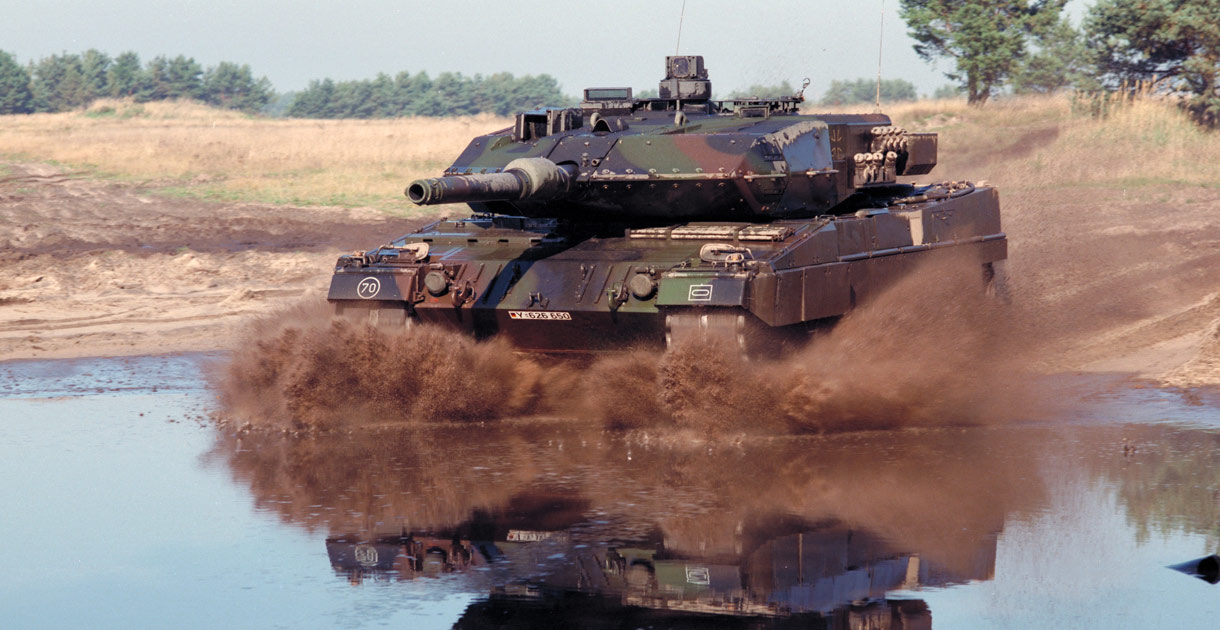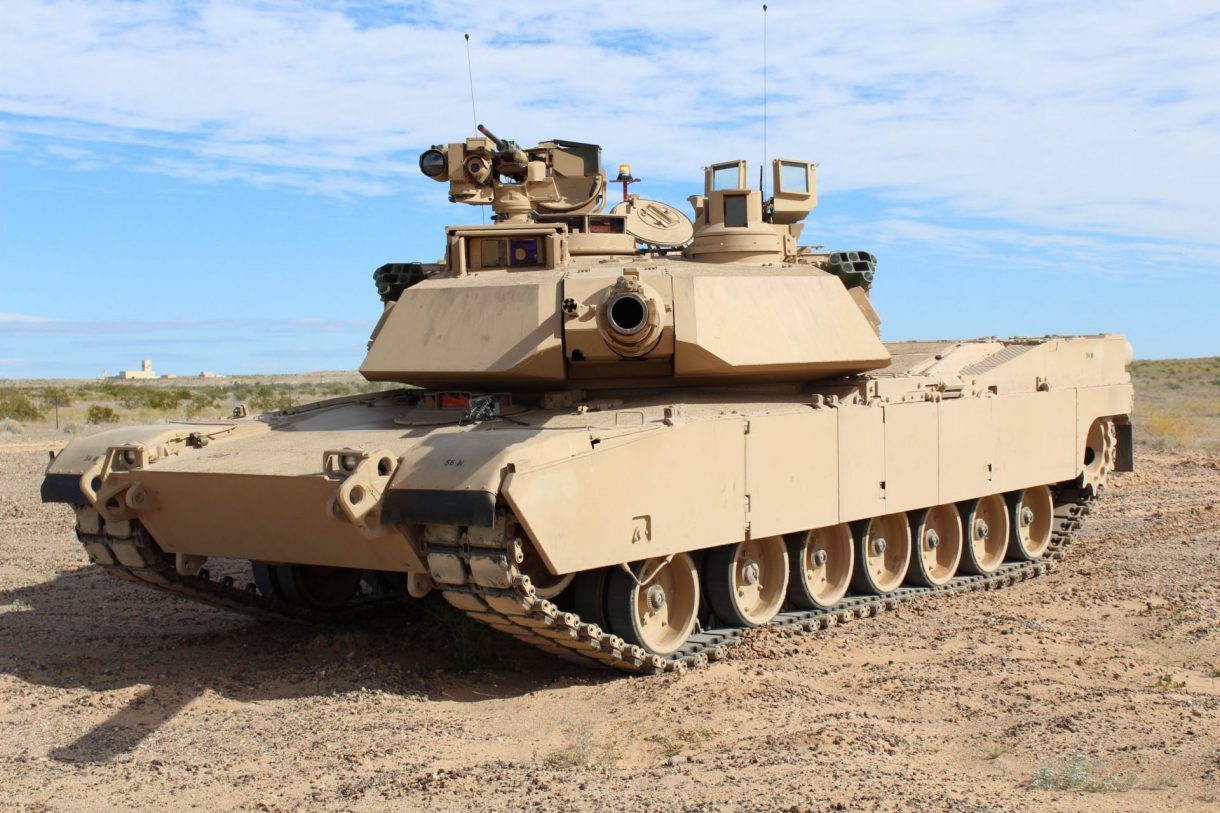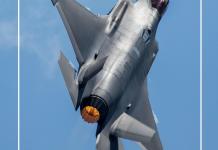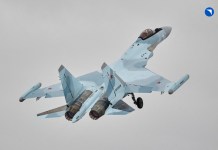Ukrainian armed forces could soon get their hands on the German-made Leopard 2 tanks, as the German foreign minister Annalena Baerbock said on January 22 that her government would not stand in the way if Poland sent its Leopard 2 tanks to Ukraine.
“For the moment, the question has not been asked, but if we were asked, we would not stand in the way,” Annalena told France’s LCI TV when asked about her government’s response to any such Polish decision.
However, a German government spokesperson said the next day that Berlin had still not received any requests to authorize the re-export of the tanks.
Meanwhile, on the same day, Polish Prime Minister Mateusz Morawiecki said that Poland would ask Germany for permission to re-export Leopard 2 tanks to Ukraine, but even without it, Warsaw could send them as part of a coalition of countries.
“We will ask for such permission, but this is an issue of secondary importance. Even if we did not get this approval … we would still transfer our tanks together with others to Ukraine”, Morawiecki told reporters.
“The condition for us is to build at least a small coalition of countries.”

Konrad Muzyka, an independent defense analyst, notes that a potential consequence of sending tanks to Ukraine without Berlin’s approval could be Germany refusing to supply spare parts.
“That is why it is so important from Warsaw’s perspective not to step out of line and create a larger coalition. Because, of course, the political problem for Germany, if they wanted to cut off the supply of spare parts, would be much bigger if there was a coalition,” Myzyka said.
Since the onset of the Russian invasion of Ukraine, Ukrainian officials have been lobbying the Western governments to supply main battle tanks, specifically the German government, to supply or allow nations that have acquired Leopard 2s from Germany to supply them to Kyiv to strengthen Ukraine’s ground-based offensive capabilities.
Initially designed in the 1970s, the German-made Leopard 2 is one of the world’s most well-reputed main battle tanks (MBTs), perhaps second only to the American M1 Abrams tank, according to some experts.
The Roaring Leopard 2 Tank
Developmental work on the Leopard 2 began just a couple of years after the induction of the previous Leopard 1, which was also a very successful design. It served as the MBT in over a dozen countries worldwide, with West Germany, Italy, and the Netherlands being the largest operators until they were retired.
Developed in years when high-explosive anti-tank (HEAT) warheads were thought to have limited the value of conventional heavy armor, the Leopard 1’s design prioritized effective firepower and mobility instead of heavy protection.

Due to moderate armor, the Leopard 1 had a high power-to-weight ratio. This, coupled with a modern suspension and drivetrain, provided the Leopard superior mobility and cross-country performance compared to most other MBTs of the time, only rivaled by the French AMX-30 and Swedish Strv 103.
However, the West German Army still felt the requirement of a well-protected tank, which would be superior to the models used by the Soviet Union. This resulted in the start of the joint German-American MBT-70 program in 1963.
While the MBT-70 was a revolutionary design featuring several advanced technologies, by 1967, it became doubtful whether the MBT-70 would enter service at any time in the foreseeable future because of cost overruns, technical problems, and differences in requirements.
So, the West German government directed the German company Porsche to research future upgrade options for the Leopard 1. In 1969, West Germany withdrew from the MBT-70 program.
Nevertheless, technologies and design solutions realized in the MBT-70 program were reused in the Leopard 2 and American M1 Abrams tanks. Therefore the fire control system (FCS), armament, ammunition, transmission, and tracks of the Leopard 2 are similar to those of the Abrams MBT, simplifying maintenance.

The Leopard 2 has a welded hull and turret. Its composite armor offers good protection against armor-piercing rounds and anti-tank-guided weapons. Its ready-to-use ammunition is stowed in a separate compartment in the turret bustle with blow-out panels, improving the crew’s survivability.
Also, the tank is fitted with Nuclear Biological and Chemical (NBC) protection system and automatic fire suppression systems.
The armament of the Leopard 2 comprises a fully-stabilized Rheinmetall RH-M-120 120mm smoothbore gun and two 7.62mm machine guns, with one of them being coaxial while another is mounted on the top of the roof.
The vehicle carries 42 rounds for the main gun, of which 15 ready-to-use rounds are stored in the turret bustle, while the rest are held in front of the hull by the driver. The main gun can fire the APFSDS-T armor-piercing rounds and HEAT-MP-T multi-purpose rounds.
The APFSDS-T round can penetrate around 450mm of rolled homogenous armor equivalency at a range of 2,000 meters.
Germans estimated that their Leopard 2 tanks could penetrate the frontal armor of the Soviet T-72 tank at a range of 2,000 meters and the frontal armor of the T-62 tank at a range of more than 400 meters. While the HEAT-MP-T round is effective against both soft and hard targets.
Also, the gun of the Leopard 2 tank proved to be very accurate.
In 1986, the German Bundeswehr released a video to show off the tank’s capabilities. In that video, a soldier is seen filling a stein with a beer and balancing on the gun’s end. The glass does not move, fall off, or spill, partly because of the tank’s advanced stabilization, which enabled it to aim accurately while traveling at speed.
The video became so popular that when Japan showed off its Type 10 tank in 2015, it began by balancing a pair of filled wine glasses along the main gun’s barrel, demonstrating the working of its hydro-pneumatic active suspension.
The Leopard 2 is operated by a crew of four, including a commander, gunner, loader, and driver, and interestingly, the MBT has an escape hatch on the floor behind the driver. The tank is powered by an MTU MB 873 Ka501 turbocharged diesel engine, developing 1,500 horsepower.
- Contact the author at tanmaykadam700@gmail.com
- Follow EurAsian Times on Google News




